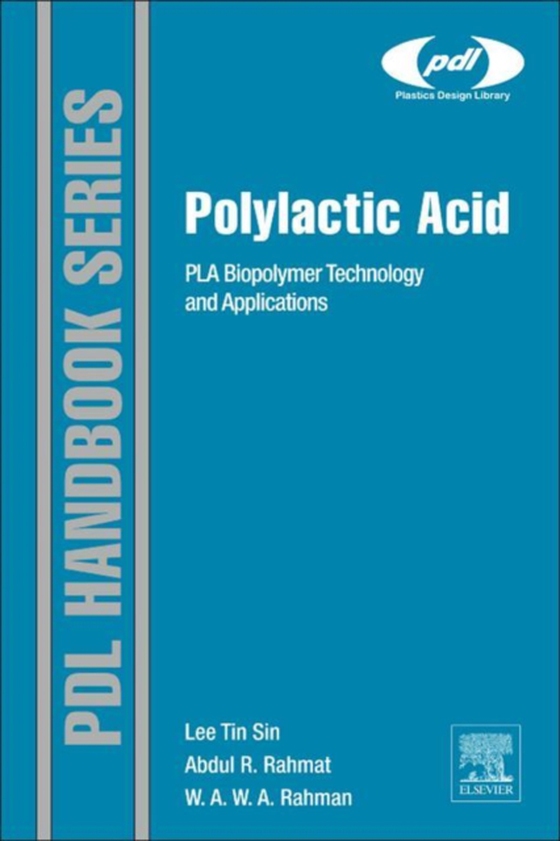
Polylactic Acid e-bog
31,25 DKK
(ekskl. moms 25,00 DKK)
Polylactic Acid (PLA) is the first viable thermoplastic that can be produced from a plant-based feedstock such as corn or sugar cane, and yet be processed by the conventional melt processing technologies. At the same time, Polylactic Acid is produced at the largest industrial scale of all biodegradable polymers. It is being used in biomedical applications, for bottle production and in compostab...
E-bog
31,25 DKK
Forlag
William Andrew
Udgivet
31 december 2012
Længde
352 sider
Genrer
Plastics and polymers
Sprog
English
Format
epub
Beskyttelse
LCP
ISBN
9781437744606
Polylactic Acid (PLA) is the first viable thermoplastic that can be produced from a plant-based feedstock such as corn or sugar cane, and yet be processed by the conventional melt processing technologies. At the same time, Polylactic Acid is produced at the largest industrial scale of all biodegradable polymers. It is being used in biomedical applications, for bottle production and in compostable food packaging. It is also being evaluated as a material for tissue engineering. Mass production has tremendously reduced the cost of PLA production, making it an economically viable choice for fabrication of domestic containers, plastic bags, and fibers. Commercial-scale plants today produce hundreds of thousand tons of PLA per year.This book provides a practical guide for the engineers and scientists involved in working with PLA and developing the many new products that are emerging for this important biopolymer. The current market situation for PLA and biodegradable polymers is described as well as applications across a range of market sectors, and the mechanical, chemical, thermal, rheology, and degradation properties of PLA. An essential reference for engineers, scientists and product designers considering switching to a sustainable plastic Covers the properties, synthesis and polymerization of PLA, and processing techniques involved in fabricating parts from this polymer
 Dansk
Dansk

